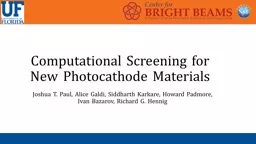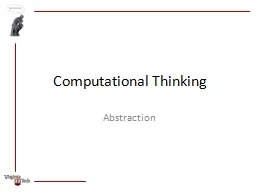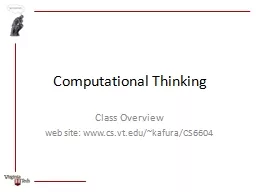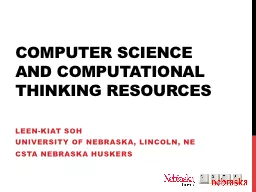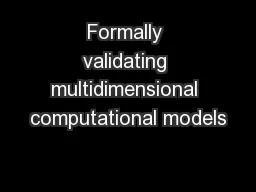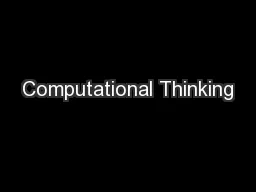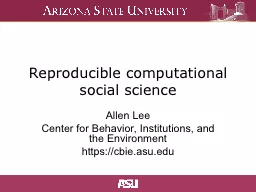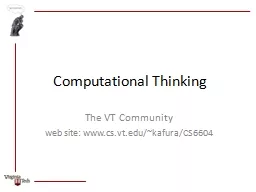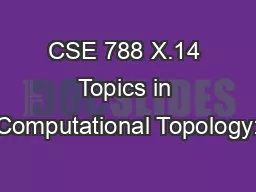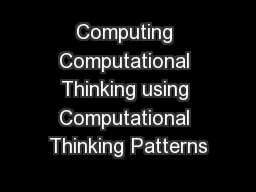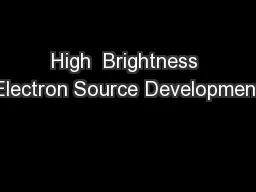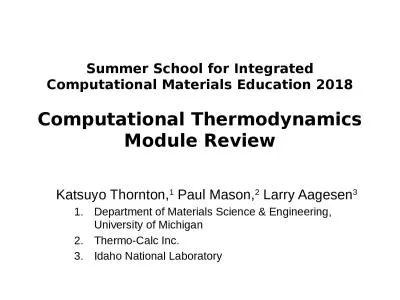PPT-Computational Screening for New Photocathode Materials
Author : risilvia | Published Date : 2020-08-26
Joshua T Paul Alice Galdi Siddharth Karkare Howard Padmore Ivan Bazarov Richard G Hennig Common photocathode materials GaAs InGaAs CsTe CsI SbCs
Presentation Embed Code
Download Presentation
Download Presentation The PPT/PDF document "Computational Screening for New Photocat..." is the property of its rightful owner. Permission is granted to download and print the materials on this website for personal, non-commercial use only, and to display it on your personal computer provided you do not modify the materials and that you retain all copyright notices contained in the materials. By downloading content from our website, you accept the terms of this agreement.
Computational Screening for New Photocathode Materials: Transcript
Download Rules Of Document
"Computational Screening for New Photocathode Materials"The content belongs to its owner. You may download and print it for personal use, without modification, and keep all copyright notices. By downloading, you agree to these terms.
Related Documents

